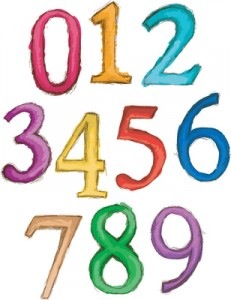 Do you ever think about how many daily food decisions you make or how your environment influences those decisions?
Do you ever think about how many daily food decisions you make or how your environment influences those decisions?
The Cornell Food and Brand Lab, directed by Dr. Brian Wansink, did some studies that showed that people grossly underestimate how many daily food related decisions they make – not by a little but by an average of more than 221 decisions.
And, most people are also either unaware of how their environment influences their decisions — or they’re unwilling to acknowledge it.
Who, What, Where, When, And How Much
In one study the Food and Brand Lab asked 139 people to estimate how many decisions they make about food and beverages during one day. Then they were specifically asked how many “who, what, where, when, and how much” decisions they made for a typical snack, beverage, and meal – and how many meals, snacks, and beverages they ate during a typical date.
14.4 VS. 226.7 Decisions
The researchers then created an index to help them estimate the number of total decisions made daily. On average, people guessed they made 14.4 food related decisions each day. Amazingly, the researchers estimated that the average person in the study made 226.7 food related decisions each day. Obese people who participated in the study made 100+ more food related decisions than overweight people.
Larger Packages, Bowls, And Plates
A second study of 379 people analyzed the effect of environmental factors like package size, serving bowl size, and plate size on how much they ate. Half of the people were assigned to what was called “exaggerated treatment” – they had larger packages, bowls, and plates than the other half of the people in the study. On average, 73% of the people who received “exaggerated treatment” thought they ate as much as they normally would – except they actually ate 31% more than the people who ate from the regular size packages, plates, and bowls.
When they were told how much more they ate and then were asked why they thought they might have eaten more:
- 8% admitted they might have eaten more
- 21% said they didn’t eat more
- 69% said that if they did eat more it was because they were hungry
- Only 4% believed they had eaten more because of the larger sizes that acted as environmental cues.
Bottom Line
We make, on average, 200+ food related decisions each day and those decisions are heavily influenced by environmental factors like the size of food packaging and the bowls and plates we use for our food.
For additional information: Wansink, Brian and Jeffrey Sobal (2007), “Mindless Eating: The 200 Daily Food Decisions We Overlook,” Environment and Behavior 39:1, 106-123.




